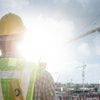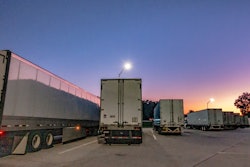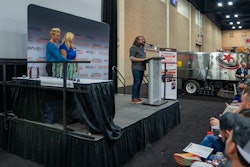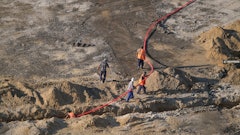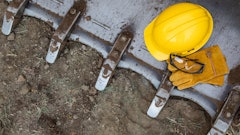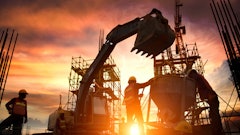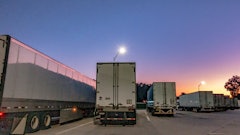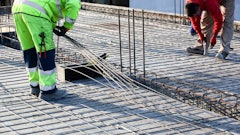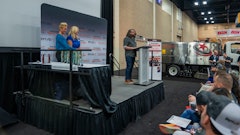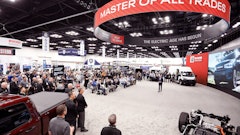
 Alastair Hayfield, Vice President - Commercial Vehicles, Interact AnalysisInteract Analysis
Alastair Hayfield, Vice President - Commercial Vehicles, Interact AnalysisInteract Analysis
ET: What are the most critical construction industry challenges affecting contractors in 2025?
Hayfield: One of the most critical challenges affecting construction contractors this year is material inflation. This is being driven by potential tariffs, which will push up project costs for contractors and may lead to some projects being cancelled if costs become too high. A second key challenge is the continuing shortage of skilled labor, which remains a problem in most major economies. The US is no exception, and this will be another drag on contractors for 2025, pushing up prices and/or making projects more difficult to carry out. Finally, a third challenge currently facing the industry is weak and sluggish demand within some states and industries, which will continue to affect contractors’ order books.
ET: What are the most critical construction industry challenges affecting equipment manufacturers and/or dealers in 2025?
Hayfield: Over-stocked inventories from 2024 will mean that 2025 continues to be challenging for OEMs. They won’t be able to ramp production quickly and, given there may be lukewarm demand for new equipment, this will place further strain on the market. Tariffs (depending upon where they land) could substantially hinder the market by increasing input costs for OEMs , or potentially limiting the availability of key components.
ET: What are your predictions for the construction equipment landscape in 2025?
Hayfield: I think construction businesses need to prepare for a ‘bounce back’ at some point. There is uncertainty in the US related to the new administration and many will be waiting to see how tariffs and policies play out before making too many decisions about investment or where to focus their attention in 2025. However, there is likely to be market growth toward the back half of this year and this is something that people need to start preparing for.
ET: In what area(s) of construction do you see the most potential for acceleration or advancement in 2025?
Hayfield: Due to the IRA and the Infrastructure Act, fairly good investment in data centers, electronics manufacturing and infrastructure has continued and we would expect to see more of this activity into 2025.
ET: What factors should contractors consider when making construction equipment purchasing decisions in 2025?
Hayfield: Contractors should always consider the buy versus lease option for machinery. Depending upon market conditions, it could make sense to limit capital expenditure (i.e. new machinery purchases) and rent or lease machinery until market conditions are clearer. If contractors do purchase new machinery, they might want to examine in detail what new technologies or features it has. For example, machine control (2D/3D) is becoming more popular and can provide cost savings or more efficient ways of working.
ET: How might the newly instated Trump administration affect policies and practices in the construction industry?
Hayfield: This is really a big unknown since it isn’t clear (yet) how large tariffs will be or where they will land. Tariffs tend to push up prices for consumers, so I think the construction industry should be braced for raw material price inflation. However, it’s difficult to say if this will be across the board or whether it will be focused on one or two industries (like steel, for example).
ET: Please provide comments on the future of construction innovation, emission reduction and/or other emerging trends?
Hayfield: In the US, you have a number of cities/regions looking to drive the adoption of low and zero emission machinery (California, New York, Austin, etc.). This will drive some market growth through 2025 and digitalization and machine automation are also hot topics at present.




